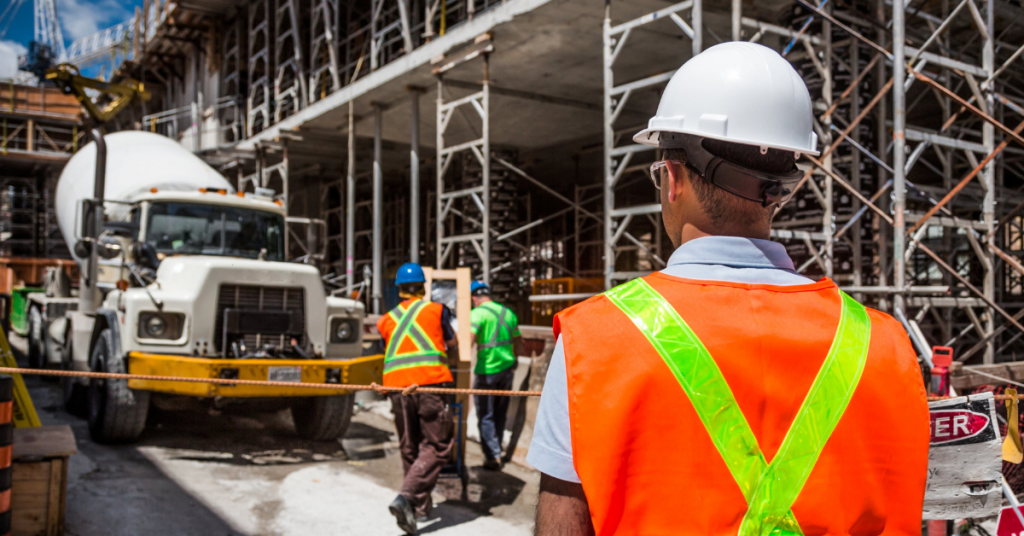Why Every Site Needs to Be Ready for Spills
Spills don’t give you a warning. One minute everything looks fine, the next there’s a drum leaking on the floor. It might be oil, fuel, chemicals, or even water. The type of liquid matters, but what matters more is how you react. A fast response can stop a small spill from becoming a much bigger problem.
It’s not just about safety rules or environmental concerns. If someone slips or if that spill gets into a drain, it can shut your operation down for hours. That means lost time and extra costs. Being ready doesn’t take much. A good setup, basic training, and the right supplies can solve the problem before it spreads.

What’s Inside a Spill Kit and Why It Matters
A proper spill kit isn’t just a bucket with some rags in it. It comes with everything you need to deal with most common spills. That usually includes absorbent pads and socks, gloves, goggles, disposable bags, and instructions that anyone can follow. Some even have small tools like scoops and scrapers.
Most workplaces keep these kits near where liquids are stored or used. That includes loading bays, workshops, warehouses, and near fuel tanks. If your site is bigger, you’ll want more than one. The idea is that when something happens, you don’t waste time looking for gear – it’s already there.
We’ve seen businesses in transport and logistics benefit from having these kits in each delivery vehicle. If a container breaks or a cap comes loose during a long trip, the driver can handle it without needing to call for help.
Picking the Right Kit for the Job
There’s no such thing as one type of kit for every spill. It depends on the liquids your site deals with. For example, oil and fuel need a different kind of absorbent than a chemical or coolant. That’s where a range of spill kits makes sense. Each one is colour-coded and labelled, so your team knows what it’s for.
Some people also confuse standard cleaning tools with spill response. A mop and bucket won’t help with hazardous waste, and it often spreads the problem further. Using the right product not only keeps the area safe, but it also prevents damage to the floor, pipes, or nearby items.
Even in small businesses like a mechanical workshop or plumbing depot, just one kit near the main workbench can make a big difference. One company we worked with had a diesel tank with a slow leak. The drip was small, but over time it stained the concrete. After adding a proper spillage kit and training the staff, they managed to stop the leaks early and avoid further damage.
Who Needs Spill Kits and Where to Keep Them
Pretty much any workplace that stores or uses liquids should have a spill kit. That includes factories, farms, depots, warehouses, service centres, and even schools or malls. Anywhere that keeps cleaning chemicals, fuels, oils, paints, or lubricants is at risk of a spill – even if it seems unlikely.
The golden rule is to keep the kit close to where a spill could happen. That might mean next to a tank, under a shelf, or near a workbench. Some places hang the kit on the wall with a clear sign. Others keep it in a plastic box or bin on wheels. As long as it’s visible and easy to reach, it works.
Make sure new staff know where it is. Put up a notice or mention it in training. A spill kit is only useful if people know how to use it and don’t panic when something goes wrong.
Training Your Team to Use Spill Kits Properly
It’s not enough to just buy the kit and leave it in a corner. Staff should get a quick demo on how to use it. This doesn’t need to be complicated. Walk them through the steps – put on gloves, stop the source of the spill, place absorbent pads around the edges, then work your way inward.
Use the socks to form a barrier and keep the liquid from spreading. Once the liquid is soaked up, use the disposal bags and seal everything. If it’s a hazardous liquid, label it before throwing it away.
A few short videos or a one-page guide near the kit can help. Some companies even do a practice run every few months. It helps keep the team sharp and avoids hesitation when the real thing happens.
Refilling and Replacing Used Kits
After a spill, the kit might be half empty. Don’t forget to top it up. It’s easy to forget if the mess was handled quickly, but the next time there’s a spill, you don’t want to find the pads are gone or the gloves are missing. Some sites keep a refill pack nearby or assign one person to check supplies weekly.
If the container is broken or damaged, replace it. A kit that’s been sitting in a wet corner for months won’t do much good. Make spill checks part of your general site inspection.